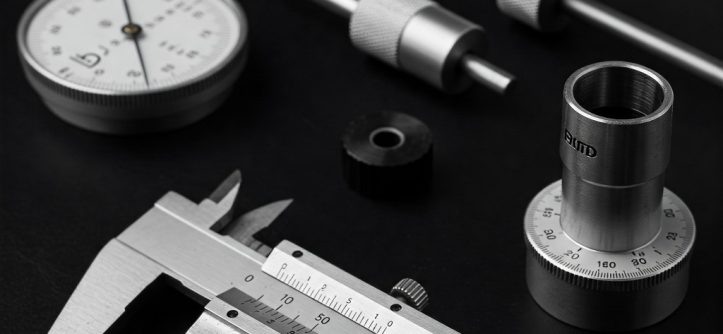Key Takeaways
- Precision measurement is essential in various industries, including engineering and construction.
- Dynamometers are key tools used for measuring force, especially in safety-critical applications.
- Adopting digital measurement technology can enhance accuracy and efficiency.
The Role of Precision Measurements
Precision measurements are crucial in engineering and construction. Accurate measurements prevent costly repairs and catastrophic failures by ensuring that all structural elements operate within safe limits. Tools like the Dillon AP dynamometer help measure force, tension, weight, and compression, allowing architects and engineers to align plans with physical realities.
In construction, knowing the precise load capabilities of materials is essential for maintaining structural integrity and managing costs. Accurate measurements prevent over-engineering and overspending, enabling optimal resource allocation. Additionally, precision tools encourage innovation, allowing for creative designs backed by reliable data.
Applications of Dynamometers in Engineering
Engineers rely on dynamometers to transform theoretical designs into reliable structures by providing precise data on material behavior under stress. For instance, when designing a bridge, they calculate the forces it will face, such as traffic loads and wind pressure. Dynamometers help determine a material’s breaking point, load capacity, and flexibility, ensuring that components like cables and beams can withstand expected forces. Dynamometers are also crucial for testing new composite materials, which are favored for their strength-to-weight ratio. These materials undergo rigorous testing to ensure their reliability meets or exceeds that of traditional options, making dynamometers essential for innovating materials and ensuring safety.
Construction Safety and Load Testing
Construction sites require stringent safety measures to prevent accidents. Dynamometers play a crucial role in load testing, which evaluates the safe operational limits of equipment like cranes and lifts. This testing determines maximum weight capacities and identifies potential failure points, significantly reducing workplace accidents and enhancing overall safety and efficiency.
Real-time assessment of equipment capabilities helps meet safety regulations and boosts the credibility of construction firms. Using calibrated dynamometers reflects a commitment to worker safety, improving morale and productivity. Such precision tools demonstrate meticulous planning, which can be key in winning contracts and building industry trust.
Transition to Digital Measurement Tools
The introduction of digital measurement tools has transformed precision engineering. Digital dynamometers enhance measurement accuracy with real-time data displays, instant verification, and data logging, empowering professionals to make quick decisions, reduce downtime, and boost productivity. Research shows they significantly increase accuracy while simplifying usage, making them essential in various applications.
Additionally, adopting these digital tools supports the shift toward automation and digital twins in engineering and construction. By integrating these measurement tools into workflows, we create a more efficient process that merges advanced technology with practical on-site applications, improving both measurement and project management.
Benefits of Precision in Manufacturing
Manufacturing greatly benefits from precise measurements, which can mean the difference between a product fitting perfectly or failing. Precision reduces scrap and rework, enhancing profitability and sustainability. Accurate measurements also enable tighter quality controls and compliance with standards, which is crucial for global competitiveness. Innovations in measurement tools drive integration with AI and robotics, maintaining precision across production lines and allowing efficient scaling. It, in turn, boosts consumer confidence and market share, highlighting precision measurement as a vital force in industrial advancement.
Challenges in Implementing and Using Measurement Technology
Incorporating advanced measurement technology can present challenges, such as high initial costs and the need for staff training. However, the long-term benefits, like reduced errors, improved safety, and lower operational costs, make it a strategic investment. Furthermore, creating a culture of constant development and innovation is critical. Embracing change and ongoing training keeps companies ahead of technological advancements, enhancing expertise and worker motivation.
The Future of Precision in Engineering and Construction
As technology advances, the role of precision measurements will expand, driven by improvements in sensor technology and data analytics. These developments promise greater accuracy and predictive capabilities, revolutionizing project execution. As these technologies become more accessible, industries will benefit from increased efficiency and safety, fostering innovation. With the rise of smart cities and advanced infrastructures, the demand for precision measurements will continue to grow, necessitating that industries adapt to meet new challenges.

Leave a Reply
Cancel reply